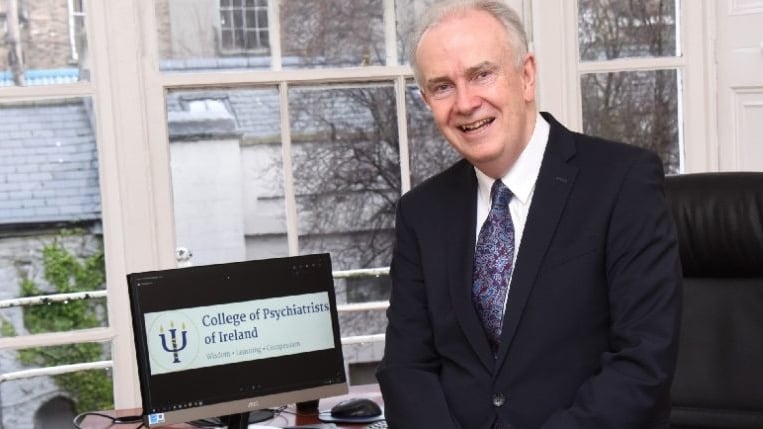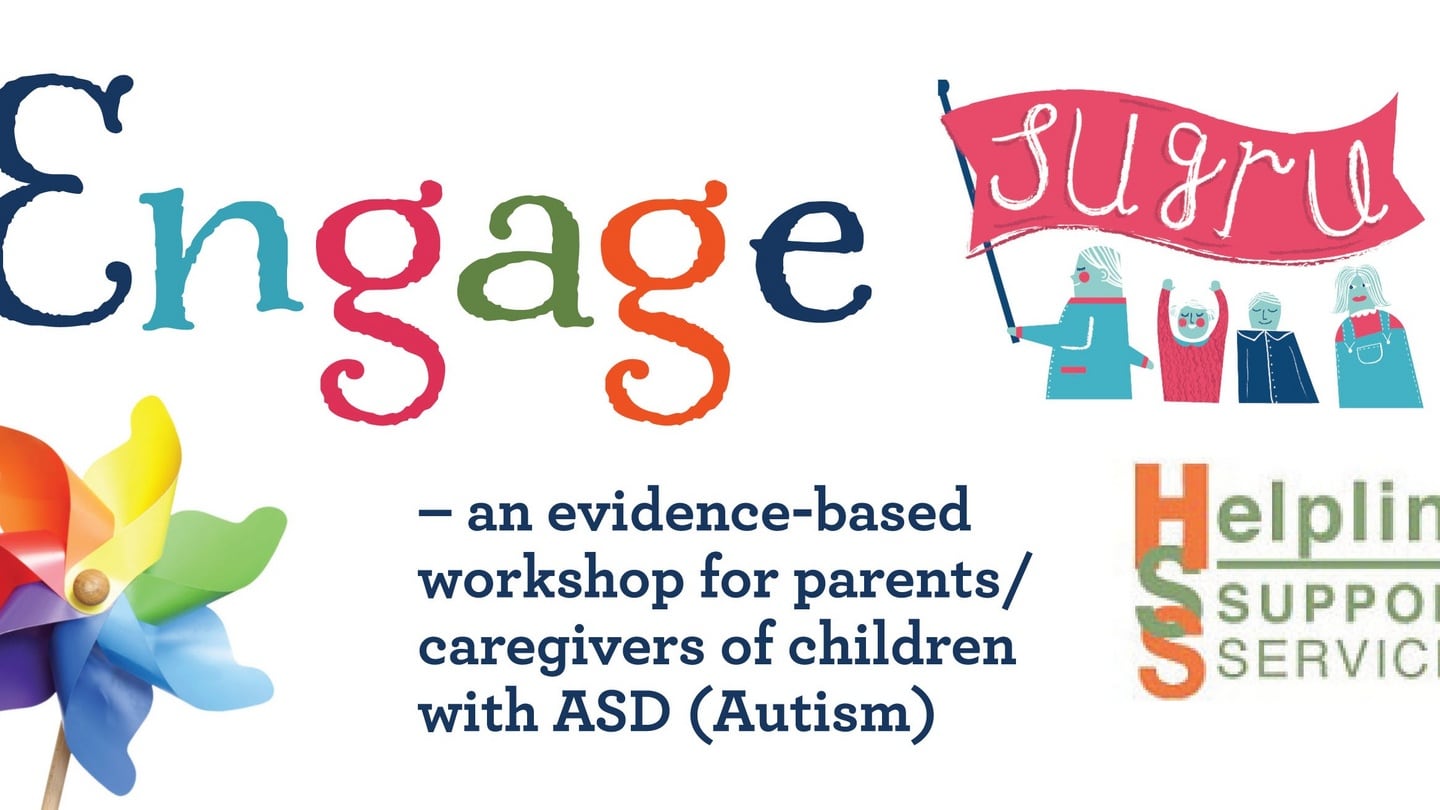Many of the 2,400-plus children on the Child and Adolescent Mental Health Services (CAMHS) waiting list should not be on the list at all, however it has become “a catch-all service” in the absence of any other services, say leading mental health professionals.
Anne O’Connor, national director mental health, HSE, points out that CAMHS was never designed to be a catch-all service, but to cater for children and adolescents with severe and enduring mental illnesses.
“The problem is that CAMHS takes everybody because there is nothing else there,” says O’Connor. “In an ideal world, the first step for a young person who presents with a mental health problem is to get help in school, to go to their GP and get access to a primary care-based psychology or family counselling service. Our mission is actually to keep people out of CAMHS.”
0 of 3
The HSE is investing €5 million this year recruiting psychologists for primary care, but there is a very long way to go before a public psychology service at primary care level is in place across the country.
O'Connor says the HSE is trying to develop alternative pathways to treatment for the large number of children with diagnoses such as autism and ADHD on the CAMHS waiting list. On May 30th this year, the Oireachtas Committee on the Future of Healthcare published Sláintecare, its proposal for a 10-year strategy to "radically transform" healthcare in Ireland. It recommends that €47 million be invested in the CAMHS teams by year five of the plan, and the resourcing of a universal child health and wellness service at a further cost of €41 million over the first five years.
There are currently 2,419 children and young people with mental health disorders on the waiting list for the Child and Adolescent Mental Health Service (CAMHS), 218 of whom are waiting for more than a year. And over 80 posts across the CAMHS teams nationwide remain unfilled – these include consultant psychiatrist, psychologist and clinical nurses specialist posts.
Spending on the delivery of mental health supports in the context of national concerns about this issue remains “scandalously low” at 6 per cent compared to other countries such as the UK (12 per cent) and Canada and New Zealand (11 per cent), according to the College of Psychiatrists of Ireland (CPI).
Dr John Hillery, consultant psychiatrist and president of the CPI, says that many of those on the CAMHS waiting list do not need to be assessed by a psychiatrist, and that other interventions at primary care level would be more appropriate for children and adolescents with less severe mental health problems – however, the services are simply not there at the moment.
He points out that the issue of recruitment currently facing the CAMHS and general psychiatry services is an international one. The terms and conditions of working for the HSE are a major issue, according to Dr Hillery, and even getting paid can be difficult.
He says: “I recently discovered that my registrar had not been paid for two months, so I had to write letters and send emails to try to get him paid. This is a regular occurrence that does not encourage people to come into the Irish health service and it would not be tolerable in the private sector. It’s embarrassing when you are looking at these highly trained young people, often with mortgages and young families, not getting any money into their pockets but still coming in to work.”
To attract people back from abroad where they enjoy better pay, have more predictable hours and a better quality of life than they would in Ireland, Dr Hillary says the key issues to be addressed are pay, quality of life, proper training pathways and support for lifelong learning.
O’Connor acknowledges the impact that key medical and nursing vacancies are having on the delivery of CAMHS services, particularly in the Dublin area.
“Medical vacancies is a big issue for us, and a challenge we have been battling for a number of years. In CAMHS at any one time, there is upwards of 20 per cent of vacant consultant posts, and consultant pay has been reduced since the Financial Emergency Measures in the Public Interest (FEMPI) Act 2015 came in. This is an international challenge, we are not alone. Australia and Canada have equal or worse problems than us.”
O’Connor points out that through significant investment in CAMHS, they have been able to develop and fund 69 new posts in psychiatry, but 39 of these remain unfilled.
"You could argue that the pay rate and scale is not high enough, and we are not offering enough to attract people home from overseas. We have been in discussions with the Department of Health and the Department of Public Expenditure and Reform as we have to get their approval if we want to go above the current pay scale."
Jane Johnstone, an Irish Autism Action advocate based in the south-east of the country, is a mother of three children, two of whom have autism.
While none of her children require the services of CAMHS, she meets lots of families who are struggling to keep their children with autism in school and to keep them safe.
She remarks: “The general pattern I see is that a lot of teenagers and young people with high functioning autism or Asperger’s develop mental health problems when they get into their teens and start secondary schools. When the Government cut the SNAs (special needs assistants) and resource teachers in 2011, we warned this would cause problems down the line and we are seeing the impact of these cuts now.
“The whole neurological make-up of a child with autism or Asperger’s is completely different to the typical teenager. If you do not give these children the supports they need in primary school to develop the social skills they need to make friends and become an active part of their school and community, not all, but a proportion can experience problems in the early years of secondary school.”
Johnstone explains that some of these children, many of whom are extremely bright, are targeted by bullies, causing them to withdraw from school and become very isolated. They develop depression, anxiety and panic attacks and suicidal ideation is quite common. The impact of this stress can often lead to depression and anxiety in the parents she meets.
As a psychotherapist herself, Johnstone says that rather than focusing on what’s wrong with the services, we should be asking what’s causing the mental health distress in these children and young people and is there a way we can stop it.
"If we focused more on wellness and inclusion, particularly for children with autism, I believe we would have far fewer people presenting with mental health problems and if the counselling services were put in place on onset of depression, anxiety, etc many crisis situations could be avoided. If people had access to counselling at GP level as envisaged in Vision for Change, they wouldn't be ending up in A&E in a crisis, and being sent home in an even more vulnerable position," she says.
Johnstone points out that there is no holistic relationship between the HSE’s disability and mental health services and she believes there should be a separate specialised service for young people with disabilities and mental health issues.
Filling the gap
Recognised by Social Entrepreneurs Ireland, Sugru was founded in 2014 as a direct response to the lack of accessible, effective psychological services for young people and their families in Ireland. It provides individual and group therapy to children and families in centres in Dublin, Athlone, Athenry and Galway city.
Founders Lorraine Lynch and Arlene Naughton had both worked with the ISPCC where they were experiencing calls from children around the country who were suicidal, anxious, depressed, and experiencing abuse.
Lynch explains: “Childline and the ISPCC are a fantastic resource, but they don’t offer therapy and we felt there was more we could be doing. A lot of these children had no access to a service and many seemed to have no adults they could trust. We all know what the problems are, but we see ourselves as part of the solution.”
Research has shown that double or tri-pronged approach interventions at the level of the child, parent and school are the most effective, which Lynch says is why Sugru liaise with everybody in the child’s world, not just the child.
“The child is simply exhibiting symptoms in response to their environment, we believe that symptoms like anxiety, depression and OCD, are a result of the environment not meeting the child’s needs. The problem is not inherent in the child. As well as helping the child to heal through therapy, we work with the parents as well on psychological education. We teach them why it’s happening, and how they can fix it, how they can make changes to help their child be in their environment, and to promote and enhance their development. The solution is not to take to child out, fix the child and put them back into the same situation because the problem will arise again in six months.”
Lynch explains that they have kept their fees as low as possible but at €90 to see a psychologist and €70 to see a therapist for one hour, she acknowledges that this is not affordable for many families. Clients can set up a payment plan which they can pay off over a period of time, while some support organisations will fund the therapy.
"We have the resources to help relieve the pressure on CAMHS if they provide the funding. We have appealed to Katherine Zappone and the Department of Children and Youth Affairs and we are working with Deputy Anne Rabbitte on this issue. Our vision is to be able to offer our service at a reduced rate to every family who needs it from every town in Ireland, like Pieta House for children."
Lynch says Sugru see many clients who are on the CAMHS list and whose issues have been resolved by the time they are called. She has seen children as young as six who want to be dead, and don’t know why they feel so sad.
“You would be shocked at how simple the reason can sometimes be. It’s quite easy to find out what instigates this behaviour, and not difficult to bring the child back around again with the help of their parents and school.”
Deirdre Bermingham, managing director of Youth Work Ireland Galway, says that in 2011 they identified a gap for the young people they worked with in accessing counselling services.
With funds from Dormant Accounts under suicide prevention, they set up a brief intervention programme for young people aged 12 to 21 years provided by qualified, accredited counsellors with adolescent therapy training. More than 40 per cent of referrals come from schools, and referrals also come from parents, the HSE, CAMHS and Jigsaw.
“We are only funded 15 hours a week across our centres in Galway city and Tuam, Ballinasloe and Loughrea, and we are only funded for 42 weeks of the year so we have no funding after June. I am constantly filling in grant applications. The service only costs €35,000 a year to run, as we do all the admin ourselves, with three counsellors covering the four locations and we estimate it would cost €80,000 to cover the whole county.”
The service saw 190 young people in 2016, who all got six free one-hour counselling sessions each. They now have a waiting list of 40 young people who will not be seen this year unless they get more funding.
“We are the only free accessible service based in youth centres for the 12-upwards age range. Everybody tells us it’s a very good service. We spread the six sessions out over 12 weeks and most people do not need any further counselling after the brief intervention which involves CBT, art therapy and other skills,” says Bermingham.
























